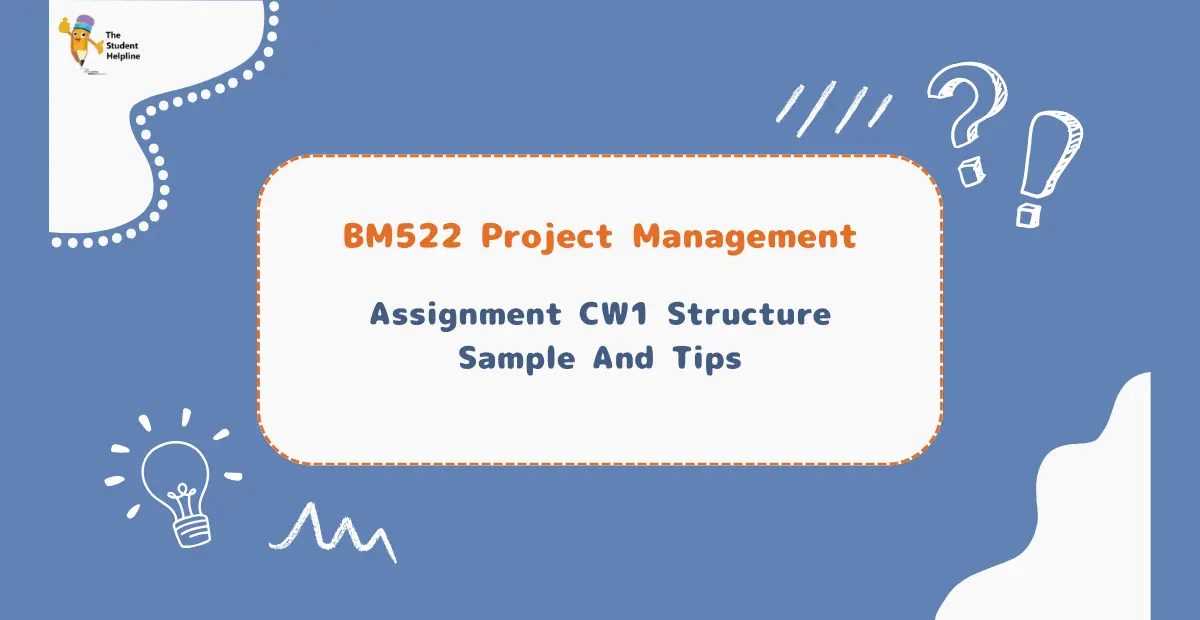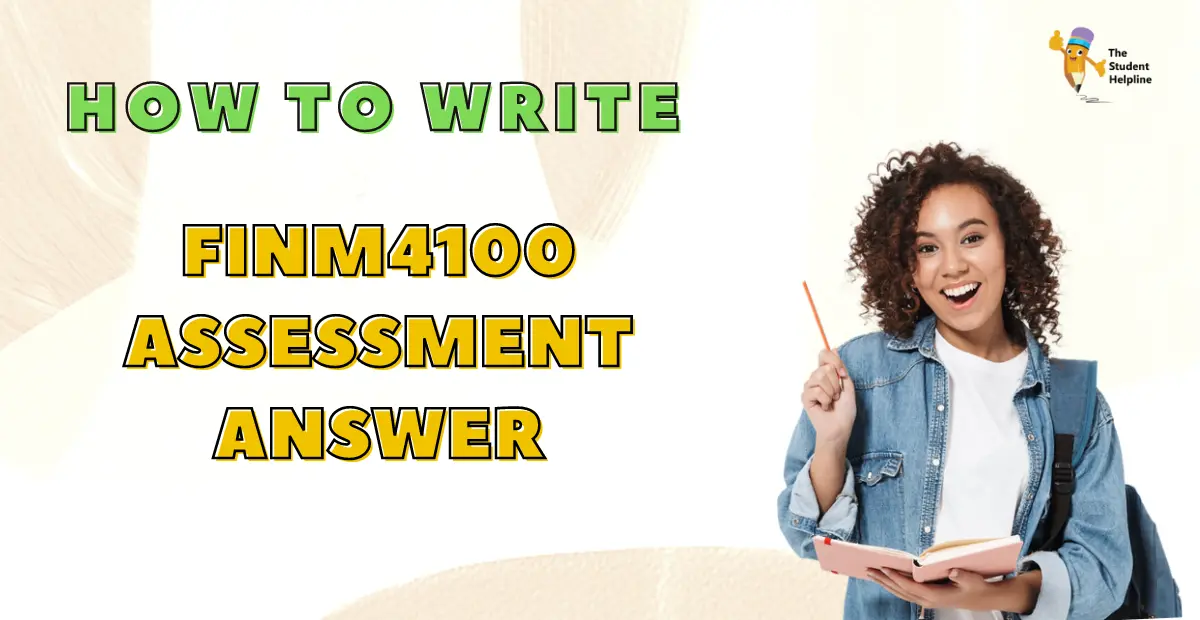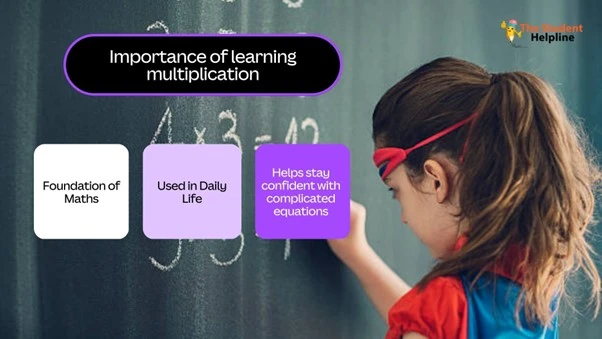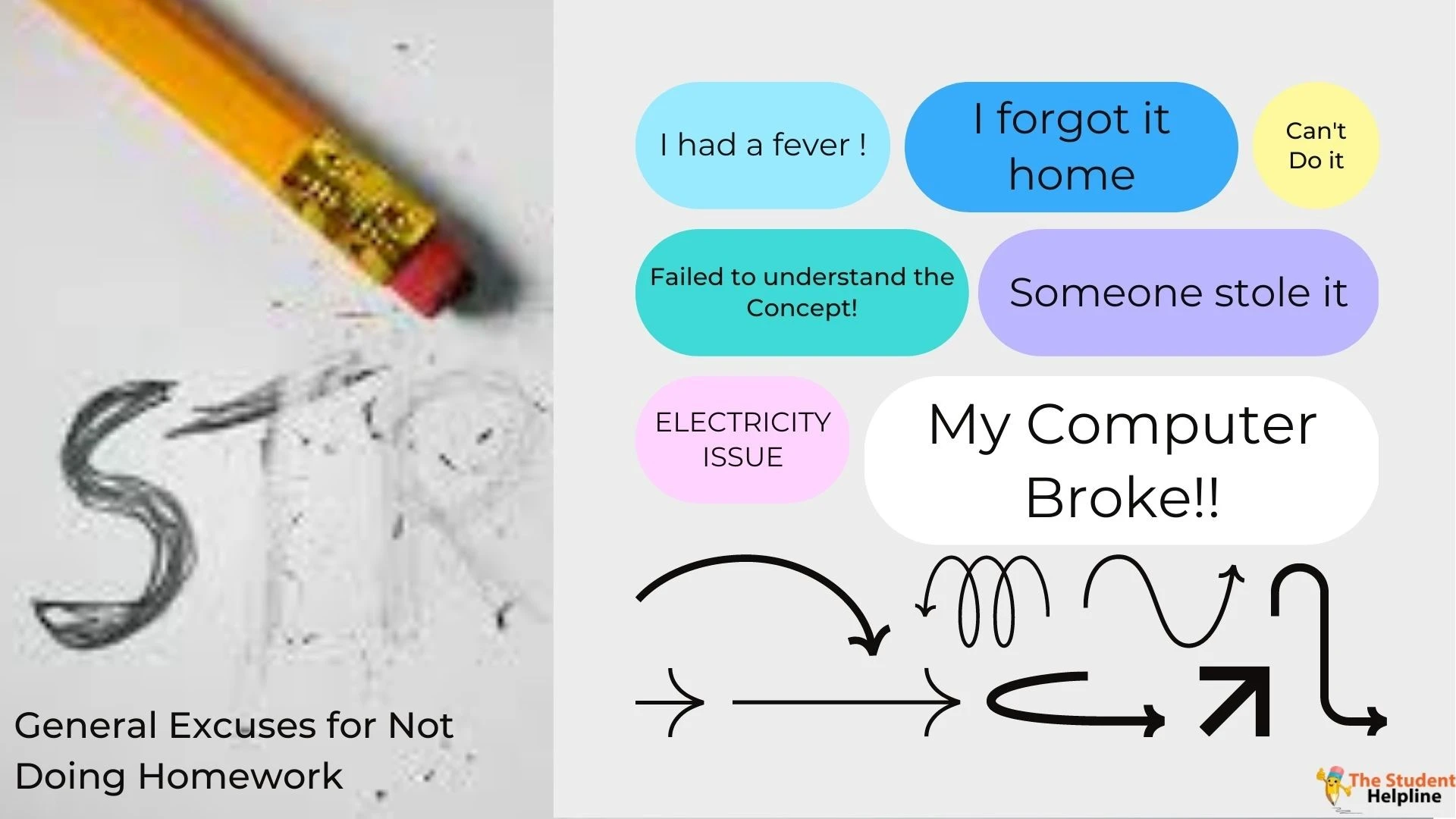What Are Narrative Conventions
2022-01-10

Hey, writers and readers out there! You must be wondering about the next book you will read or write. Okay, if you are not, then you must be trying to get yourself out from the last book you read or the last movie you watched. Yes, the emotions you are still feeling straightaway in your heart right now are all because of narrative conventions used by writers. Now, as you know, the secret behind your attachment to a book or a movie is all because of a technique; you are now getting more excited to see each aspect of it. Well, the wait is now over! We are providing you with all the information about literacy conventions in this blog only.
The narrative is the most basic aspect of reading, writing, and of course, thinking. The way we think and react is all set because of narrative conventions. In layman language, it is a technique of writing through which the writer narrates the story and various events in sequential order. The important factors include plotting the characters, arranging the events in order, using a particular theme, and many more.
Why Is Narrative Important?
We all tend to feel some emotions and get attached to stories. If we are not connecting with the stories we read, there is no point in reading or writing. Through narratives, only we can convey a meaningful message so that the audience can understand and connect with it.
Even when our grandmother narrates old-time stories to us, narrative conventions are used to convey emotions and feelings.
Another narrative convention example can be of our professor when they explain to us some concepts differently. They try to make us understand the concepts, and hence narratives are used.
With these examples, we come to understand that it is used in literature and in our day-to-day scenario.
How Many Types Of Narrative Conventions Are There?
This writing technique can be divided into two branches: primary and secondary conventions. The difference between the two can be understood by their impact on the literacy content. The one that impacts the storyline directly is considered primary conventions, whereas the secondary conventions didn't directly affect the writing.
Components Of A Narrative Conventions
Let us first break down the primary conventions for you. The list of narrative conventions that comes under the head of primary are as follows:
- The setting of time and place - Time refers to the period during which the story takes place whereas, the place defines the location at which the story takes place. Both are considered as the backbone in the framing of the write-up. The place and time can be any depending on the situations and events of the story.
- The next in the queue comes to the plot development. Writing gets the best results only when there is a thrilling climax, complications, and falling off the tension. Without proper plotting, the story will convey no meaning to the audience.
- To make the story sounds interesting and engaging, conflicts are added. It means the argument against two characters is out shown so that the write-up will have some turning points.
- There must be a solid point of view of writing your content or story.
- A story without characters is like a jam without bread piece. There are always two characters; one is called the protagonist, and the other is an antagonist. The superstar of the whole plot is the protagonist, and the supporting characters or villains are referred to as antagonists. Both the characters are opposite to each other for bringing evil into the plot.
- It is advisable for writers to use descriptive language to express their thoughts and feelings as the name suggests; descriptive means to describe the details if required.
- The next important factor comes to the theme: the basic idea or concepts around which the story involves.
- For bringing life to the characters, the element of characterization is used. The way they speak, act and respond in the story directly impacts readers' minds.
The language conventions list doesn't end here. Below are some more items that are on the same list.
The Other Aspects Of Narrative Conventions
Many a time, you may feel the emotions of the characters. For instance, if characters enjoy their first love, you can feel the same. This happens because of the mood of the story. The mood can be sad, happy, tension or full of excitement, but it too hampers your feelings and emotions.
The element of tone is closely related to the mood that the writer addresses the audience.
Next comes the story's voice, which acts as a thread of the whole write-up. While reading a story, you might feel like someone is guiding you about every detail of the character; the same guiding factor is considered the voice of the story in literature.
The mood, tone, and voice are secondary narrative conventions that indirectly impact the story.
Without the appropriate use of language features of a narrative, your writing will have no meaning.
Important Key Takeaways From This Blog
- In this blog, we have tried to make you familiar with the meaning of narrative conventions that how even after days, we weren't able to forget the book we read or the movie we saw.
- Both the secondary and primary conventions are equally important in conveying the message to the readers,
- The importance of conventions can be seen from our day-to-day life examples.
- Various elements act as a pillar in framing the entire content.
After reading this blog, most probably, you will write your next story as you are now well aware of all the important aspects. In case you are stuck, somewhere just give a notification of help to The student helpline to find the essay way to your riddle.













